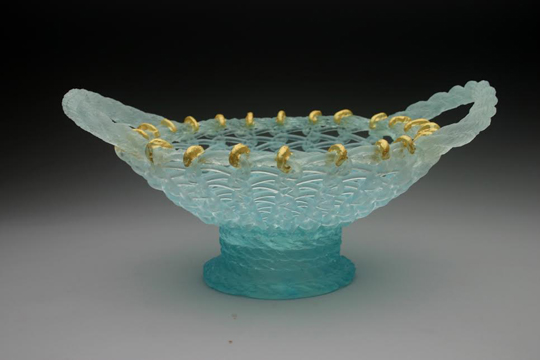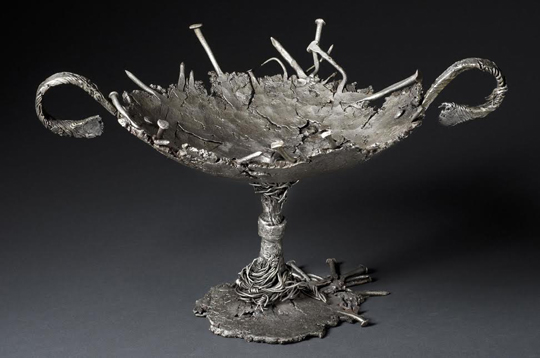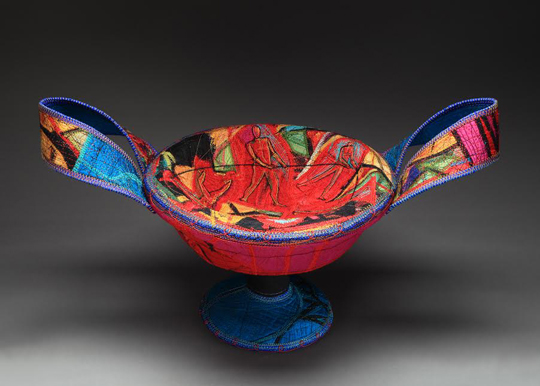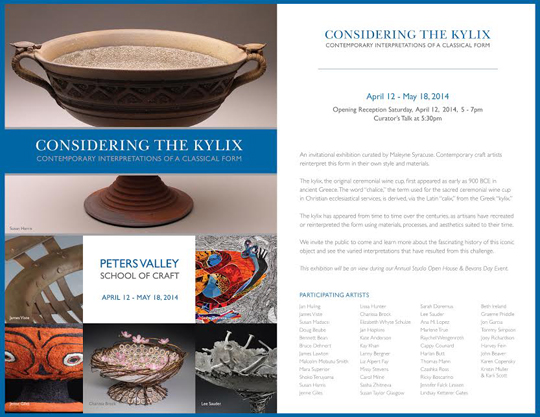Student Spotlight: Maleyne M. Syracuse
Posted on April 2, 2014 | posted by: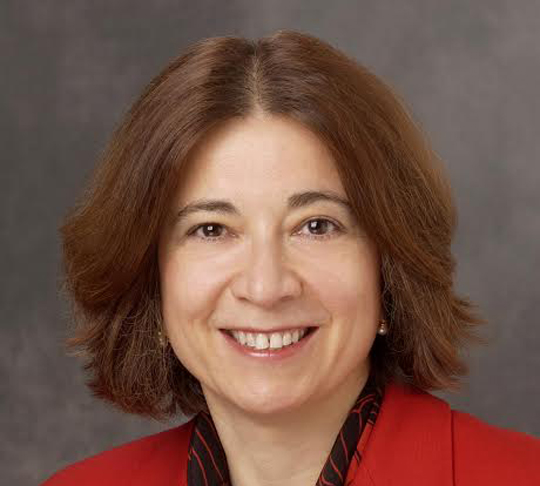 Maleyne M. Syracuse is a candidate for a Masters Degree in the History of Decorative Arts at the Cooper Hewitt Museum/Parsons New School for Design. As part of her program of study, she has worked as a curatorial intern in the Textiles Department at the Cooper Hewitt. Maleyne recently retired as a Managing Director in the Investment Bank at JP Morgan and continues to work part-time as an independent professional in corporate finance and investment management. She received an MBA with Honors from New York University’s Graduate School of Business and a BA with Honors from Brown University. Maleyne is President of the Board of Directors of Peters Valley School of Craft and Treasurer of the Textile Society of America. She enjoys weaving and felting in her spare time.
Maleyne M. Syracuse is a candidate for a Masters Degree in the History of Decorative Arts at the Cooper Hewitt Museum/Parsons New School for Design. As part of her program of study, she has worked as a curatorial intern in the Textiles Department at the Cooper Hewitt. Maleyne recently retired as a Managing Director in the Investment Bank at JP Morgan and continues to work part-time as an independent professional in corporate finance and investment management. She received an MBA with Honors from New York University’s Graduate School of Business and a BA with Honors from Brown University. Maleyne is President of the Board of Directors of Peters Valley School of Craft and Treasurer of the Textile Society of America. She enjoys weaving and felting in her spare time.
What current project(s) are you at work on or have you just completed?
I am presently curating a multi-media craft exhibition, Considering the Kylix: Contemporary Interpretations of a Classical Form, which will open April 12, 2014, at the Sally D. Francisco Gallery at the Peters Valley School of Craft in Layton, NJ. Over forty contemporary craft artists were invited and have agreed to make work specifically for this show. The exhibition is intended to demonstrate the rich fusion of technical skills and creativity that define contemporary craft through explorations of a single form – the classical Greek drinking cup, the kylix – in a wide range of media.
We have a number of iconic craft artists participating in the exhibition, including Tommy Simpson and Bennett Bean, as well as a large number of younger artists. In addition to the physical installation at the Gallery, the exhibition will be featured on-line via the Peters Valley website. We will also be publishing a catalog that will be available for sale at the Gallery and on-line.
Several other galleries have expressed interest in having the show travel to their venues and we hope to finalize those arrangements shortly.
What inspired these projects/this project?
I have been affiliated with Peters Valley for more than 20 years, first as a student and then as a member of the Board. I have been President of the Board since 2002. A few years ago, as part of Peters Valley’s strategic plan, the organization decided to up its game with respect to its gallery exhibitions, to include curated exhibitions and catalogs. I first conceived of the idea for the kylix exhibition in the fall of 2012, as an alternative to the traditional craft teapot or vessel exhibition. Artists were invited to participate in early 2013.
Do you find connections between these projects and your current, future, or recent work for Parsons?
Studying, researching, and writing about decorative art objects, as part of the Parsons graduate program, has been integral in preparing me for these projects.
I am very passionate about the value and significance of fine American craft, and would like to make these art forms more accessible to a wider public. That is what motivated me to pursue the Parsons Graduate Program – to gain the knowledge and skills to make fine craft more accessible.
Is this your first project of this kind? What unique challenges and discoveries are presenting themselves?
This is my first project as a curator.
The kylix show is real challenge as I have never been involved in organizing an exhibition from soup to nuts before. The first step was writing up my vision for the show in a way that would be compelling enough to convince artists to make original work specifically for the exhibition. We were delighted that more than forty artists agreed to participate.
We have begun to receive the work made for the show – the work is fabulous at demonstrating the expert craftsmanship, mastery of technique and material, as well as creativity and innovative thinking that are all essential to the making of objects that successfully integrate form, surface, and content. I feel a huge responsibility as curator to present this work in the most compelling way.
This is a unique challenge because it is not really a research project. There is only the original artwork and my ability to think critically about it. There is no primary or secondary source material to refer to. I would like our gallery and online audience to be as excited about the work as I am.
In addition to organizing the presentation of the work in the Gallery, I have written a catalog essay that includes comments on each object in the Exhibition. Because of space considerations and the cost of printing, the comments had to be brief. This was another challenge – to come up with a few lines for each piece that would provide an interesting insight or perspective to enrich the viewer’s experience.
I will also be giving at least two gallery talks.


